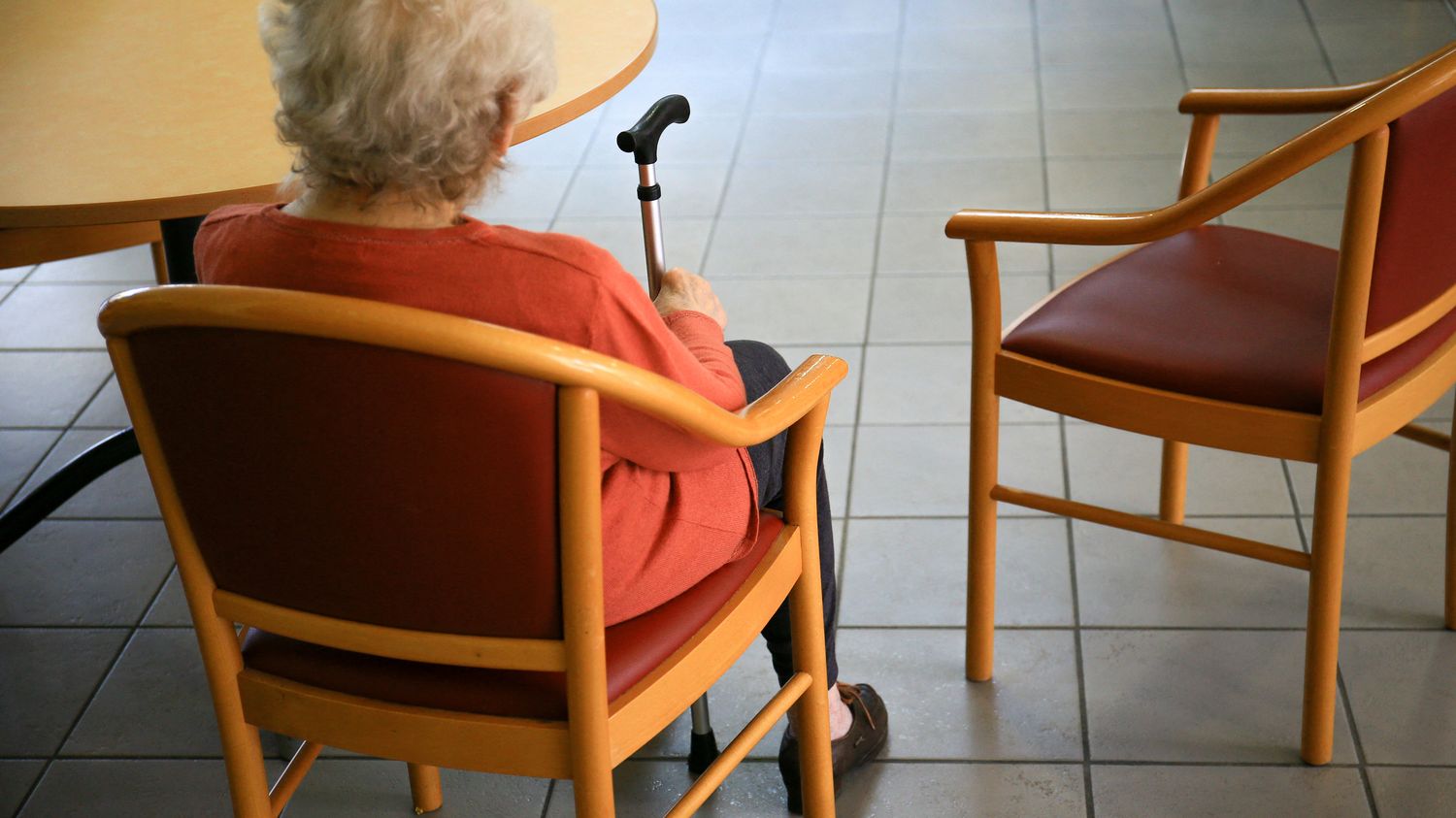This day, the methods of application of which vary depending on the company, should bring in 3.4 billion euros this year for the National Solidarity Fund for Autonomy.

Published
Reading time: 3 min

Are you going to work this Pentecost Monday? This day, which takes place the day after a Christian celebration, is one of the 11 public holidays planned in the calendar. But since the establishment of solidarity day in 2004, intended to finance the care of elderly and disabled people, this Monday is not idle for everyone.
Created after the heatwave of 2003 which caused some 15,000 deaths in France, especially among the elderly, the principle of this day of solidarity is to make working people work one more day per year, the equivalent of seven hours, without being paid. In return, companies pay an autonomy solidarity contribution (CSA), equivalent to 0.3% of their payroll.
When it was created, the day of solidarity was set on Pentecost Monday, partly so that it would – by definition – never fall on a Sunday and could therefore generate revenue each year. This choice provoked strong protests from unions, but also from tourism professionals. Result: dince 2008, companies no longer have the obligation to make this day of solidarity coincide with Pentecost Monday.
Depending on the company, this additional working day may take place on Pentecost Monday or another day of the year not previously worked, another public holiday – with the exception of May 1st – or a Saturday. It can also result in the loss of one day of RTT. These seven additional hours can also be spread over several days during the year. The SNCF, for example, has chosen to make its employees work two minutes more every day. Finally, some companies offer this day to their employees and fully cover the CSA. As a result, only three out of ten employees actually worked on Pentecost Monday, according to a study by the Randstad temp agency published in 2016.
Self-employed, non-salaried workers are not affected by this day of solidarity. And employees under the age of 18 are also exempt if it is set on a public holiday, according to the Ministry of Labor. For part-time employees, the duration of seven additional working hours is reduced in proportion to their working hours, completes the government website. For example, a part-time employee will have to work three and a half hours more. Finally, since 2013, taxable retirees and pre-retirees must also pay an additional solidarity contribution for autonomy (Casa), which amounts to 0.3% of their pension.
Since its establishment in 2004, solidarity day has brought in more than 50 billion euros, according to the National Solidarity Fund for Autonomy (CNSA). For the year 2024, the CNSA estimates that it will generate 3.42 billion euros in revenue, including 2.481 billion euros via the CSA paid by companies and 936.7 million euros for the Casa paid by retirees. The sums collected for the solidarity day represent 8.2% of the revenue allocated to financing the autonomy branch of Social Security, which amounts to more than 41 billion euros and is based around 88% on the contribution generalized social security (CSG), according to CNSA data.
These sums are used in particular for the operation of medical-social establishments and services which welcome the elderly and disabled people, for the financing of departmental homes for disabled people (MDPH) or for the payment of individual aid such as the personalized autonomy allowance. . They also aim to implement preventive actions against loss of autonomy, to develop new forms of housing for the elderly or disabled, and to support caregivers.
